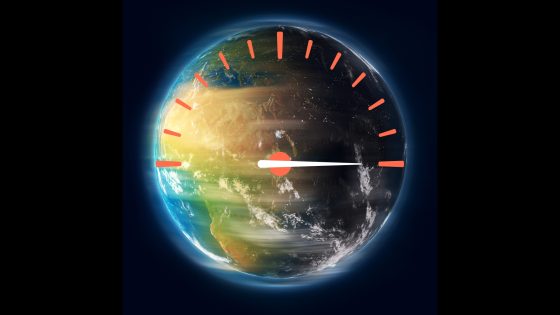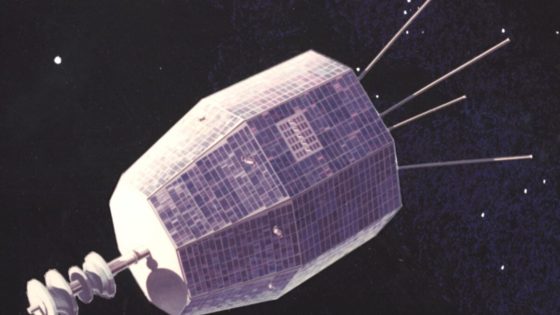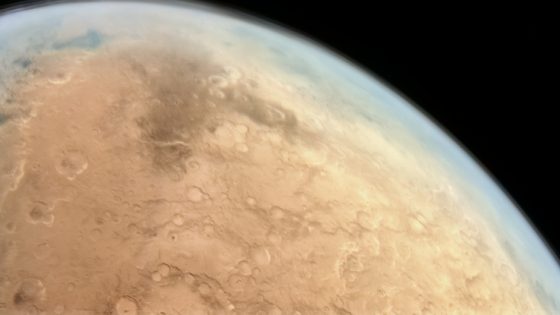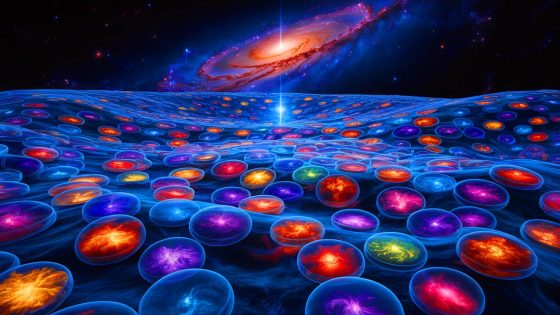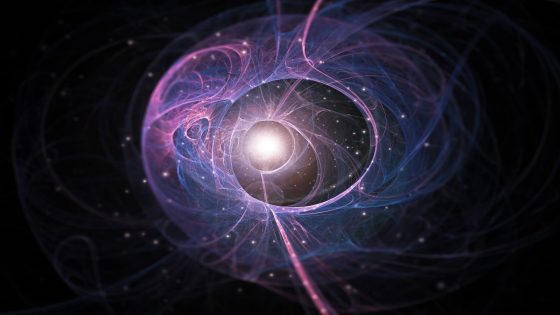On July 9, 2025, Earth experienced its shortest day since modern records began, spinning faster than usual and shortening the day by 1.3 to 1.6 milliseconds. This phenomenon, while seemingly minor, has significant implications for our understanding of Earth’s rotation.
- Earth's day shortened by 1.3 to 1.6 milliseconds.
- Shortest day recorded since modern records began.
- Moon's gravitational pull affects Earth's rotation.
- Atomic clocks measure Earth's rotation precisely.
- Negative leap second may be required soon.
- Future short days expected on July 22, Aug. 5.
Scientists anticipate that two more short days will occur this summer, on July 22 and August 5, largely due to the moon’s gravitational influence. As Earth’s rotation varies, understanding these changes can shed light on broader astronomical patterns.
Why is Earth’s rotation speeding up? This intriguing question highlights the complex interactions between Earth and the moon. The moon’s gravitational pull can alter Earth’s axial wobble, leading to variations in rotational speed. Key points include:
- Earth’s rotation is gradually slowing due to tidal friction from the moon.
- Short-term fluctuations can cause days to be shorter than 24 hours.
- Future measurements may necessitate a “negative leap second” if this trend continues.
As we continue to monitor these shifts, advancements in timekeeping and astronomical research will enhance our understanding of Earth’s behavior and its implications for life on our planet.



